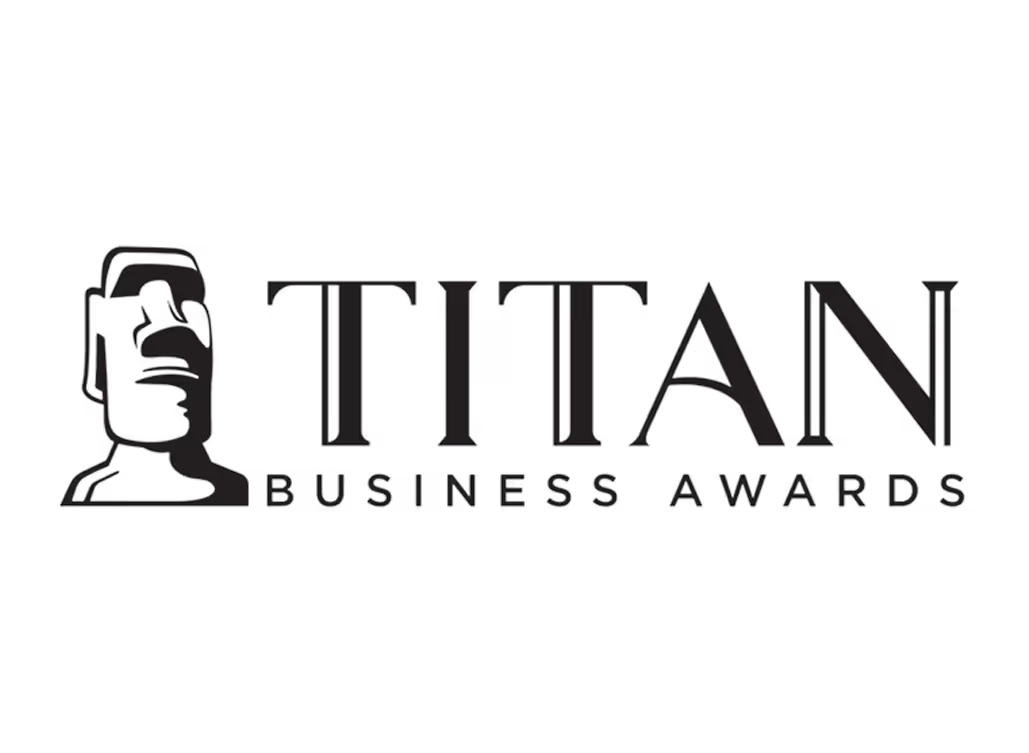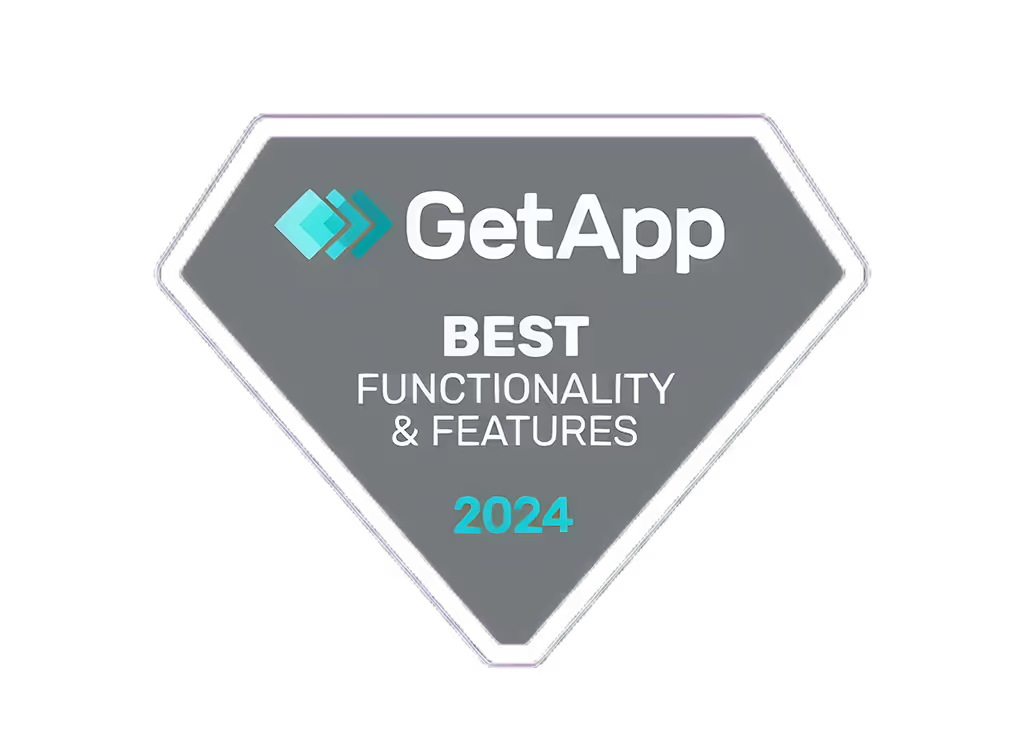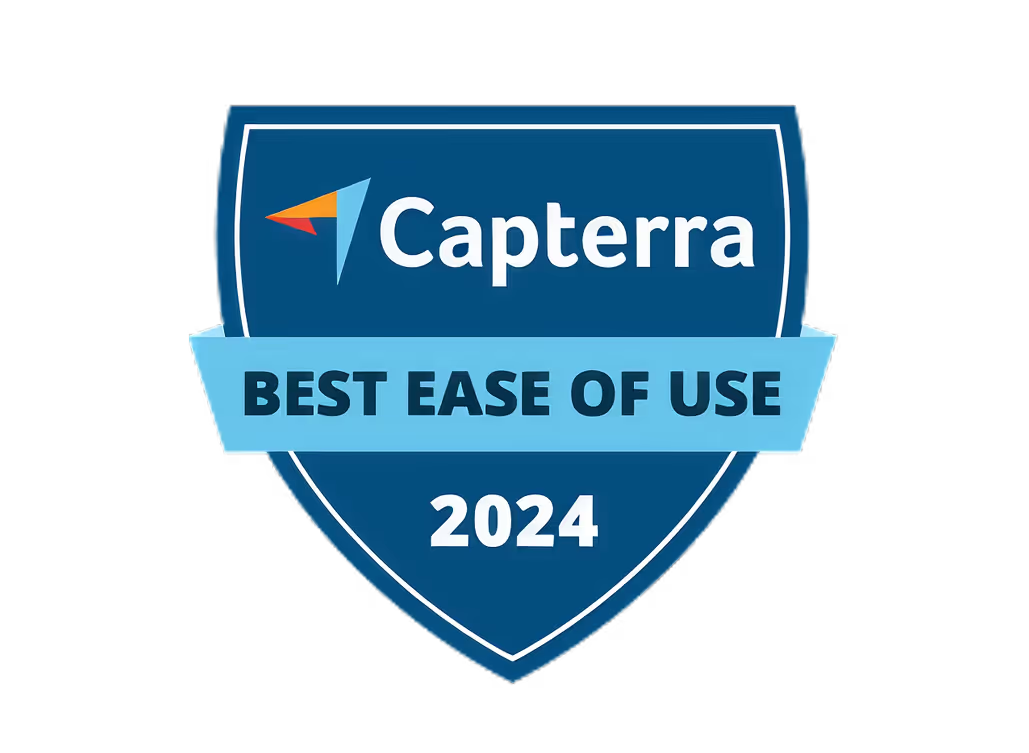AdRoll Ad Sizes Explained

Selecting the right ad sizes is critical, yet often overlooked when configuring ad campaigns.
In this post, we'll explore the various ad formats available through AdRoll to help you choose the optimal dimensions and configurations for your goals.
You'll learn the specifics of banner, native, video, and multi-channel ads, best practices for leveraging AdRoll's automated ad resizing tools, and tips for tailoring ad sizes to boost conversions, enhance branding, and maximize your ad spend.
Introduction to AdRoll Ad Sizes and Their Impact on Digital Advertising
AdRoll offers a variety of ad sizes to meet the requirements of different advertising platforms and placements. Selecting the right ad dimensions can have a significant impact on campaign performance. This section will provide an overview of the available ad sizes and discuss why using properly sized ads is important.
Decoding the AdRoll Ad Sizes Chart
Here is a chart summarizing the different ad sizes offered by AdRoll and their dimensions in pixels:
Ad SizeDimensionsLeaderboard728x90Medium Rectangle300x250Large Mobile Banner320x100IAB Full Banner468x60Half Banner234x60Large Leaderboard970x90Billboard970x250Portrait300x1050
This covers the core banner ad formats compatible with most websites, social platforms like Facebook and Instagram, and Google Ads.
The Importance of Digital Ad Sizes for Campaign Success
Using ads with dimensions optimized for each placement can directly impact performance metrics:
- Higher CTR: Ads with enough space to showcase your brand and messaging compel more clicks. Ads that are too small may get overlooked.
- Better Conversions: Bigger ad sizes mean more real estate to convince users with images, video, offers, etc. This drives more on-site actions.
- Flexibility Across Platforms: With multiple size options, you can promote your campaigns seamlessly across websites, social media, and search platforms with properly sized creatives.
Maximizing Your Advertising Budget with Proper Ad Sizes
Other benefits of using adequate ad sizes include:
- Increased visibility and discoverability.
- Ability to display more content above the fold.
- Avoiding awkward appearance or truncation issues.
- Consistent look, feel and impact across devices.
- Optimized user experience leading to better results.
In summary, aligning your ad dimensions with placement requirements gives your campaigns the best chance to capture attention and drive conversions. AdRoll's range of options provides the flexibility to build effective ads tailored to different platforms.
What size is the banner in AdRoll?
AdRoll offers a variety of banner ad sizes to choose from when setting up campaigns. Some of the most commonly used and recommended sizes include:
- Banner (468x60) - This standard IAB banner size works well for brand awareness and engagement campaigns. Its landscape orientation allows for effective messaging.
- Large Rectangle (336x280) - A versatile, high-performing ad unit. The extra height allows more space for visuals and copy. Useful across multiple ad placements.
- Leaderboard (728x90) - A wide, attention-grabbing banner size. Provides ample space for compelling graphics and headlines. Tends to deliver strong results.
- Half Page (300x600) - The tall, narrow shape stands out on the page. Useful when more copy and visuals are needed to tell a brand's story.
- Mobile Leaderboard (320x50) - A mobile-optimized banner size designed for smartphones and tablets. Important to include for responsive campaigns.
The more ad sizes and formats you incorporate, the greater potential reach your AdRoll campaigns can achieve across placements, sites, and devices. Check their specifications chart for additional options. Optimized and expanded ad size selection improves overall performance.
By testing different banner dimensions, you can determine which options resonate best with your target audiences and tailor your ad strategies accordingly. Their ad specialists can also provide guidance to ensure you utilize the most effective visual real estate for your vertical, campaign objectives, and creative needs.
What are standard ad sizes?
Google states that the top performing web banner ad size is 300 x 250 pixels. This size, commonly referred to as a "medium rectangle", offers a good balance between visibility and available ad space.
Other popular standard ad sizes on AdRoll include:
- 468 x 60 (
Leaderboard): A wide, rectangular ad format, ideal for above-the-fold placements. Offers high visibility and engagement. - 320 x 50 (
Mobile banner): Optimized for mobile devices and fits nicely within mobile layouts. Effective for targeting users on-the-go. - 728 x 90 (
Leaderboard): A high impact format for desktop use. The large size demands attention.
When selecting ad sizes for your campaigns, consider your goals, target device types, and placement opportunities across channels. Aim for sizes that align with industry standards to maximize compatibility and performance. The IAB (Interactive Advertising Bureau) provides standard recommendations for digital ad dimensions across devices and formats.
Integrating a range of options allows you to tailor ads to specific publishers and placements. Test different sizes to determine which resonate best with your audiences and balance visibility with content interference. Pay attention to viewability, engagement metrics, and conversion rates by size to guide optimization efforts.
What size are native ads?
Native ads on AdRoll are available in two standard sizes depending on the aspect ratio required by the publisher:
- 1,200px x 627px
- 600px x 600px
The 1,200px x 627px size is better suited for newsfeeds and content recommendation modules where a landscape orientation is preferred. The 600px x 600px size works well for native ad placements in sidebars or areas where a square format blends seamlessly into surrounding content.
When creating native ads, it's important to ensure your images and copy fit cleanly within these dimensions without awkward cropping or truncation. Asset sizes should be at least 1.91:1 or 1:1 aspect ratio.
Here are some tips for optimizing assets for native ads on AdRoll:
- Images: Upload images at least 1,200px or 600px wide. Images will be automatically cropped to fit the ad dimensions so make sure focus is on the center subject.
- Headlines: Keep headlines under 25 characters to prevent text cutoff.
- Descriptions: Write 1-2 concise sentences summing up your offer. Limit copy to 90 characters.
- CTAs: Use clear, action-oriented buttons that stand out like "Shop Now" or "Learn More".
Following these guidelines will produce crisp, professional-looking native ads adapted for seamless integration across publishers. Check your ads on the preview to ensure assets display properly before launching your campaign. Adjusting for the standard ad sizes ahead of time eliminates unpleasant surprises down the road.
sbb-itb-606b7a1
What are the sizes of Google ads?
Google offers a variety of standard ad sizes to choose from when creating display ads. Here is an overview of some of the most common Google display ad sizes:
- 250 x 250 – Square: This square ad size works well for branding campaigns and can fit additional text and visuals. It's commonly used in sidebars and other website locations.
- 200 x 200 – Small square: A smaller square size that is well-suited for space-constrained areas of websites and mobile sites/apps. Still large enough for branding with some text.
- 468 x 60 – Banner: The traditional banner size displays well in leaderboards and other website headers/footers. Fits logos, headlines and brief text.
- 728 x 90 – Leaderboard: A large, wide rectangle size for top website banners. Highly visible so ideal for brand awareness goals.
- 300 x 250 – Inline rectangle: This tall, narrow rectangle size displays alongside web page content, like in sidebars and between paragraphs. Works for more detailed text and visuals.
- 336 x 280 – Large rectangle: Slightly larger version of the inline rectangle size, giving a bit more room for branding visuals and text description.
- 120 x 600 – Skyscraper: A tall, narrow vertical ad size placed in sidebars and other vertical website spaces. Brand-focused with less text real estate.
- 160 x 600 – Wide skyscraper: An even taller version of the skyscraper size, best for visual branding campaigns.
In summary, Google offers all the standard IAB display ad sizes, with the most common options being the 300 x 250, 728 x 90, 160 x 600, and 300 x 600 formats on desktop and 320 x 50, 300 x 50 and 320 x 100 sizes for mobile ads.
Exploring Key Formats of AdRoll Ads
This section provides an overview of the core ad formats offered through AdRoll, including display, native, video and multi-channel options, and how they can be utilized for effective retargeting strategies.
AdRoll Image Ads: Display and Rich Media Options
AdRoll offers standard IAB display ad units like 728x90 leaderboards, 300x250 rectangles, 160x600 skyscrapers as well as 320x50 mobile banners. These allow businesses to showcase their brand creatively through images, logos and minimal text.
Interactive capabilities are also available through HTML5 and rich media ads that incorporate elements like expandables, overlays and video for increased engagement. These can help grab more attention and drive further actions.
AdRoll Native Ads: Blending with Editorial Content
Native ad solutions from AdRoll include sponsored content and post ad units that match the form and function of the surrounding editorial content. This makes the ads less intrusive and more likely to get clicks.
For example, native ads on Facebook blend seamlessly into the news feed. Similarly, native ads on publishers' sites match the article format and style. This native approach enhances visibility and click-through rate.
Leveraging AdRoll Video Ads for Storytelling
AdRoll provides multiple video ad options including 7-15 second pre-roll/mid-roll videos to longer brand video ads. Shorter video ads work well for quick brand impressions while longer videos can showcase products, customer testimonials and behind-the-scenes company culture.
Video is an impactful medium for storytelling and AdRoll's video ads help amplify brand messaging across channels. Their platform makes it easy to manage video ads alongside other ad formats.
Multi-Channel Retargeting with Cross-Channel and Cross-Device Ads
A key advantage of AdRoll's platform is the ability to orchestrate sequenced messaging across channels like web, social, email and more. Cross-channel coordination ensures users see relevant ads wherever they go to sustain brand presence.
Cross-device coordination is also available to serve ads across mobiles, desktops and tablets. This prevents repetitive messaging and makes campaigns more effective across a user's journey.
With AdRoll, advertisers can truly maximize reach and frequency through cross-network, cross-channel and cross-device retargeting.
Ad Sizing Strategies for Optimizing Conversions
This section offers guidelines tailored to specific goals and platforms to help select ad sizes that will enable brands to maximize results and boost retargeting ads conversions.
Choosing Ad Dimensions for Higher Conversion Rates
Larger ad sizes tend to drive more conversions because they allow room for compelling calls-to-action and offers. Some recommendations:
- 728 x 90 Leaderboard - This is one of the most popular IAB ad sizes. The wide space is great for showcasing product imagery alongside a strong CTA button.
- 300 x 600 Half Page - The extra height draws attention and leaves ample space for messaging on product benefits and limited-time promotions.
- 970 x 250 Billboard - One of the largest standard ad sizes, the huge landscape format stands out. Use it to tell a story about your product that leads viewers to click.
Ad Sizes for Effective Retargeting and Brand Building Campaigns
For brand building campaigns focused on awareness and recall rather than direct response, interactive ad formats are key:
- 300 x 250 Video - Video ads in this mobile-friendly size tell impactful stories that shape brand perceptions when viewed to completion.
- 728 x 90 Video - On desktop, this landscape video size immerses viewers in bold branding messages.
- 1920 x 1080 Video - Full high-def video helps demonstrate product benefits in an engaging, memorable way.
AdRoll Facebook Ads: Sizing for Social Media Impact
Tailor creatives to stand out in feeds:
- 1200 x 628 - This is the recommended landscape image size for Facebook ad campaigns. The wide format will be highly visible between posts.
- 1080 x 1080 - Square 1:1 images tend to drive 8% more engagement on Instagram feeds according to HubSpot.
- For Instagram Stories, use 1080 x 1920 vertical video ads.
Ad Size Considerations for Google Ads Campaigns
Google Display Network supports all IAB standard sizes, but these tend to perform best:
- 336 x 280 Large Rectangle - This size leads to higher click-through rates on the content network.
- 300 x 250 Medium Rectangle - This mobile-optimized size also sees strong results for visibility and engagement.
No matter the size, include clear branding and a strong call to action. Personalize ads with dynamic parameters whenever possible.
AdRoll's Tools for Perfecting Digital Display Ad Sizes
This section outlines built-in features that help to properly size and scale ads across placements along with technical requirements brands should be aware of for digital display ad sizes.
Streamlining Ad Creation with Automated Resizing and Cropping
AdRoll offers automated ad resizing and cropping tools to simplify the ad creation process. Their platform can intelligently resize image and video ads to fit common digital ad dimensions like 300x250, 728x90, 160x600 etc.
This saves time as marketers don't need to manually create multiple ad sizes for different placements. AdRoll's AI will proportionally scale the creatives to adapt to various ad formats and dimensions while preserving key branding elements.
Some key capabilities include:
- One-click downsizing for social media ads like Facebook and Instagram stories
- Intelligent cropping to highlight products/messaging while formatting for ad spaces
- Expanding content for larger ad units without quality loss
- Batch editing for resizing multiple creatives
With dynamic resizing, brands can launch campaigns faster without having to tweak display ads for each platform.
Ad Customization: Tailoring AdRoll Image Ads to Your Needs
Beyond automated scaling, AdRoll also provides customization settings to fine-tune display ads as needed. Brands can manually adjust:
- Dimensions like height, width, aspect ratio
- Layouts like portrait, landscape, square
- Text and overlay formatting
- Call-to-action design
- Color schemes
- Typography
These controls are useful when creating specially sized creatives for particular publishers or wanting a more tailored look. Marketers can also save their customized ad templates for quick access later.
Some top custom ad formats include pop-ups, large media, and native ads that blend content seamlessly into page design.
Accessing Complete AdRoll Ad Dimensions and Specs Sheets
For detailed technical specifications like video length, file size, frame rate, aspect ratio etc., AdRoll provides specs sheets covering requirements for different networks.
This includes dimensions for:
- Image ads
- Display ads
- Video ads
- Rich media ads
- Dynamic creatives
- Social media ads
The spec sheets help creative teams build correctly sized display ads for campaigns. Having these AdRoll ad dimensions docs minimizes errors from incorrect formats.
Brands can also work with AdRoll's in-house creative team for guidance tailoring ads if needed. Their expertise helps ensure display ads achieve goals across placements.
Conclusion: Harnessing AdRoll Ad Sizes for Enhanced Advertising Performance
Recap of AdRoll's Core Ad Size Options and Their Strategic Use
AdRoll offers a variety of ad formats and sizes to meet different campaign goals across platforms. Key options covered include:
- Display ads: 300x250, 160x600, 728x90, 300x600, 320x50
- Native ads: 600x314, 1200x628
- Video ads: 16:9, 4:5, 9:16
Selecting the right sizes allows maximizing visibility and engagement based on placement, competing elements, viewing device, and more.
The Final Verdict on Ad Sizes and Their Benefits for Advertisers
Using properly sized ads lifts key metrics by:
- Increasing viewability and visibility
- Driving higher click-through and conversion rates
- Improving brand lift and awareness
The optimized fit reduces accidental clicks and enhances user experience.
Best Practices for Selecting Ad Formats for Diverse Campaign Goals
- Focus on 320x50 and 300x250 for conversion goals
- Prioritize 728x90 leaderboards for brand building
- Use 600x314 or 16:9 for social media
- Stick to IAB standard sizes for Google Display Network
Following strategic guidelines allows creating high-performance campaigns.

















